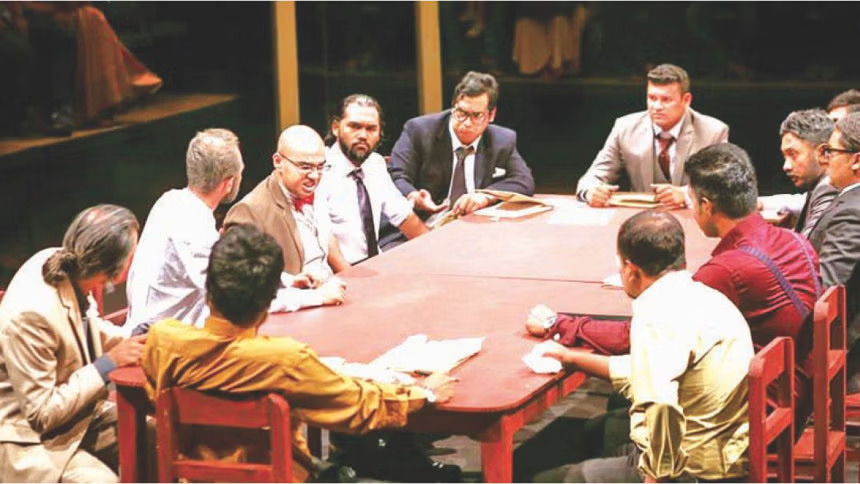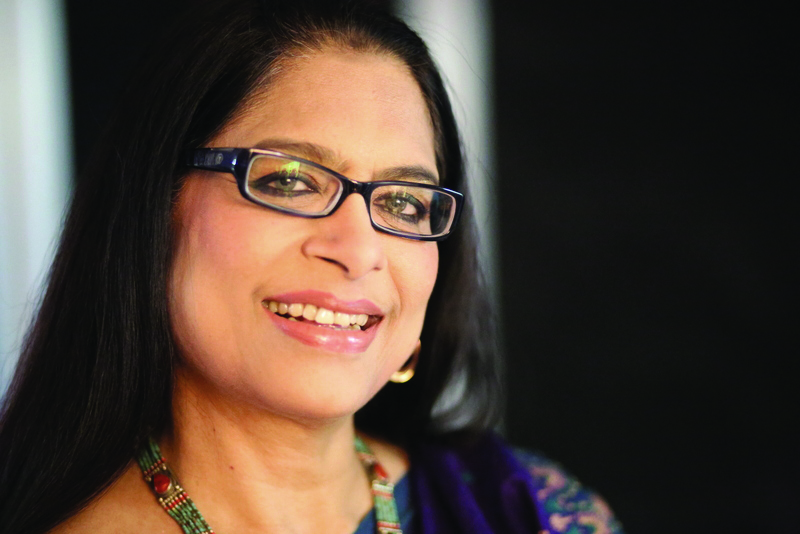Behind the scene, in stage terms, is all that goes on behind what you see on stage as the audience. What you see on stage is more like the tip of the iceberg. You see only one-eighth of what it is. The rest of the seven parts of the iceberg remains unseen.
An article in Harper’s Magazine from 1884 says, “But very few have the conception—even the faintest—the immensity of these secret regions compared with the stage upon which their eyes rest when the curtain is up.”
What we see in Broadway productions, i.e. the entire animal world coming on stage in “Lion King” or helicopter landings in “Les Saigon”, are mind-boggling theatrical elements and trappings. Last season, when my daughter and I were watching “Wicked” on Broadway, we were whisked away to a wonderland like Alice. The illusory world confused us—was it really a theatrical production or were we watching a movie on the big screen? One can only imagine the machinery at work which makes all this happen before our very eyes.
In this milieu of the glamorous and the fantabulous, the more advanced “Western” gurus gave the “magic” created on the stage a second thought. From these second thoughts came up theories which have been extrapolated into works such as “Towards a poor theatre”, a collection of essays, interviews and instructions for actors developed chiefly by Jerzy Grotowski.
Grotowski (August 11, 1933–January 14, 1999) was an innovative Polish theatre director and theorist whose approaches to acting, training and theatrical production have significantly influenced theatre today. He objected to his theatre being labelled “experimental” as he associated it with things such as stage tricks, buffoonery and trendy music. Central to his theory was the quest to find what separates theatre from the illusionary world of film and television.
One of his famous creations is “The Tragical History of Doctor Faustus”. The central element of the performance space, designed by Jerzy Zurawski, was a wooden stage-cum-table that filled the entire auditorium; its T-shape was constructed from two parallel rows of platforms in one direction and a single row at the top. The audience members sat along the platforms on which Faustus played out his life.

What Grotowski was trying to achieve was intense and potent. He was attempting to make one entity of the actor and spectator.
We, on the Dhaka stage, try to be as near to the character we are playing as we can. As Stanislavski said regarding method acting, we delve into the background of the character. We inspect where exactly she was before she entered the stage or where she is going as she leaves the stage. In this way, we come as near as possible to the character we play. We try other exercises to empathise with the character. But playing along with the audience is a bit of a far cry. Especially the physical proximity can be very threatening at times.
Acting in such proximity to the audience is experienced when we do a staging of “theatre in the round”. The space of action is in the middle and the audience surrounds the actors. When an actor makes his delivery from the proscenium, he has the comfort of distance from the audience. The audience is in the dark and the actors are advised to look above the heads of the audience, often times at the wall at the end of the auditorium. Sometimes the director may want us to make eye contact with the audience, especially when we want to have them as witness to what has happened.
To switch from one form of acting to another, especially in the same play, can be a very daunting experience too. I was directing “Mukhosh”, Syed Shamsul’s adaptation of Ariel Dorfman’s “Death and the Maiden”. The play had intimate and intense scenes between a husband and a wife, where the wife talks about her experience of rape in 1971 and how she cannot orgasm ever since. The play has confessions by the rapist doctor, which included frank and naked descriptions of the act.
So there came a time when we had to take a booking in Goethe-Institut (theatre in the semi-round). The actors were no longer at a “distance” from the audience, which made doing dialogues about intimate matters somewhat uncomfortable. But thankfully they soon got used to it. I also had the good fortune of working with great actors such as Abul Hayat, Asaduzzaman Noor, and Nima Rahman—with less seasoned actors, the work might have been more daunting.
In recent times, a group that call itself The Open Space staged the play “12 Angry Men”. The action takes place in the middle area of an experimental theatre hall at Shilpakala Academy, with the audience surrounding the actors. It has been praised as particularly well-acted and directed. It is probably one of the most well-staged plays of 2017 in Dhaka. However, whenever we plan a festival and the venue is not Shilpakala, the play is dropped.
So coming back to poor theatre (ours not Grotowski’s), I would strongly recommend that productions be made adaptable. After all, this is not Broadway or The West End. We are poor as far as budgets allocated to theatre festivals or staging plays are concerned. It is of the essence that plays are tailored to fit the various staging opportunities that Dhaka has to offer.

